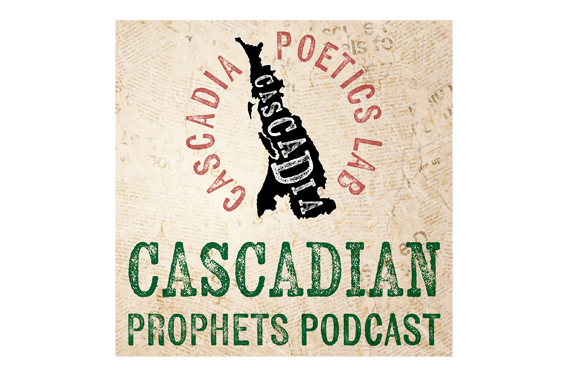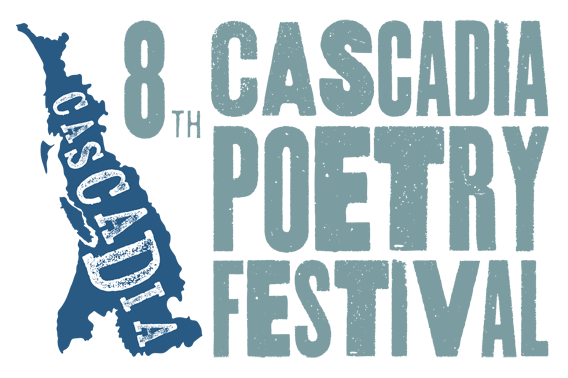 The third and final part of my October 22, 2023 interview with Robert Bringhurst is presented here today and will be part of the upcoming book Cascadian Prophets: Interviews 1999-2023. The book will be launched at the 30th anniversary celebration of the Cascadia Poetics Lab, Friday, February 2, 2024, at the Columbia City Gallery at 7pm. Sharon Thesen edited the book and will be at the celebration to talk about the book and the interviews of CPL. CPL Board Members Jason Wirth, Gabriella Gutiérrez y Muhs and Ricardo Ruiz (all former interview subjects) will also talk about the work of CPL.
The third and final part of my October 22, 2023 interview with Robert Bringhurst is presented here today and will be part of the upcoming book Cascadian Prophets: Interviews 1999-2023. The book will be launched at the 30th anniversary celebration of the Cascadia Poetics Lab, Friday, February 2, 2024, at the Columbia City Gallery at 7pm. Sharon Thesen edited the book and will be at the celebration to talk about the book and the interviews of CPL. CPL Board Members Jason Wirth, Gabriella Gutiérrez y Muhs and Ricardo Ruiz (all former interview subjects) will also talk about the work of CPL.
In the final part of out interview with Robert Bringhurst, he reads from his poem The Ridge, talks about how bioregionalism is an antidote for bad politics and discusses the importance of blister rust. An excerpt:
PEN: Part nine, page 118 begins to get into blister rust.
RB: Ah, yes, the celebrated blister rust. Cronartium ribicola.
PEN: It sounds like a devastating thing. If you take the average person on the street a couple miles from here and say, “What do you think about blister rust?,” they would probably think it’s not a good thing. But you write with what comes across as awe or respect. Maybe a bit of that on page 118.
RB: White pine blister rust is a devastating thing. But like every living species, it’s also something astonishing. It deserves some awe and respect. And blister rust is in this poem because it took out the white pines. That is to say, the blister rust did to the forests of North America some of what the colonial enterprise did to the human cultures of North America. It erased a good part of these forests and left little record of the destruction. People walk in these woods now and don’t see white pine and they say, “White pine doesn’t grow here.” But that’s not the truth; that’s not the story.
PEN: A little like smallpox-infected blankets.
RB: Yes. So the poem and I both wanted to know, why did the blister rust kill the white pines? Why and how did the blister rust come here? And by the way, why didn’t anybody tell me all this a long time ago? Isn’t it a basic part of the history of North America? And isn’t it basic ecology? I’ve met professional biologists who’ve never heard of blister rust and don’t know the crucial relationship between blister rust and pine. Educated foresters know the story, but it doesn’t seem to me a technical detail that should be left on the bookshelves of foresters alone. It’s part of the history of the world, part of the history of the continent you and I live on. So it became, like the fire, central to the poem…
Podcast (prophets-podcast): Play in new window | Download (Duration: 26:15 — 36.1MB)









0 Comments